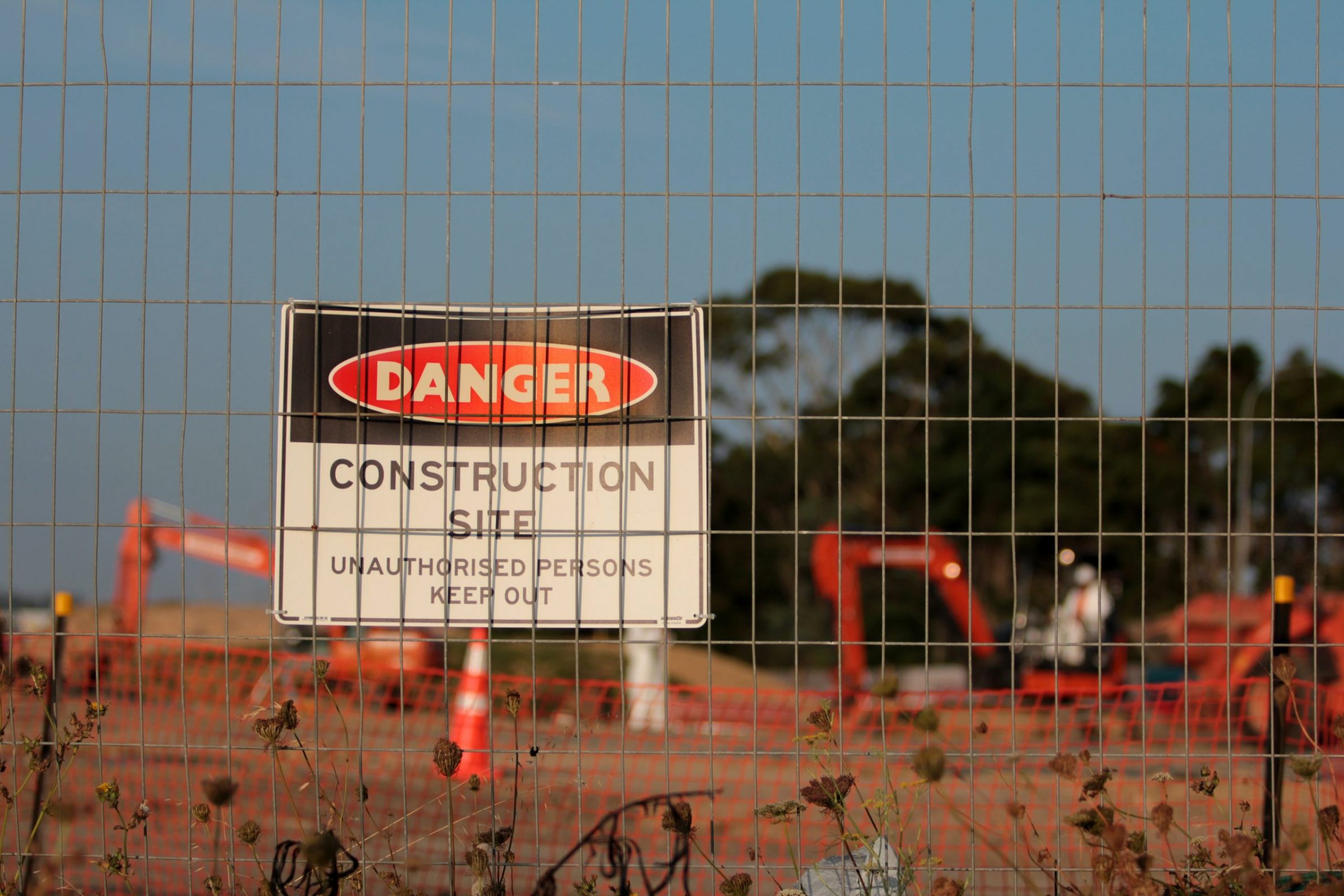WHS harmonisation finally arrives in WA
It’s taken a while (understatement), but Western Australia is finally getting closer to embracing the national harmonisation of workplace health and safety legislation. WA’s new WHS Act 2020 passed the WA Parliament in November 2020. It will replace WA’s fairly complicated legacy WHS system, which was spread over various OHS, mining safety and oil and gas laws.
WA’s new WHS laws will come into effect when supporting regulations have been drafted. We’re expecting that to happen sometime during 2021. In the meantime, what lessons can we learn from Australia’s first industrial manslaughter case? And what do they mean for the commercial contracts that you use in your business?
What’s new about the WHS Act 2020 (WA)?
The new legislation brings WA’s WHS regime into line with most other Australian states. It operates by imposing WHS duties on “persons conducting a business undertaking” (PCBUs) and their “officers” (i.e., the directors and senior managers who participate in decision making that affects the business). This is wider than the concept of “employer” in the old WA laws. The duties relate to a broader class of “workers”, which includes contractors and subcontractors as well as the PCBU’s employees.
Under the WHS Act 2020 (WA), officers have a standalone duty to take steps to ensure the business observes its WHS duties. The act itself adds some flavour to this, indicating certain things that must be done by officers. Some of the things that officers should be doing include:
- keeping abreast of WHS matters;
- understanding the hazards and risks brought about by the day-to-day operations of the business;
- making sure that there is an appropriate and effective WHS system in operation in the business, which involves:
- checking availability and use of WHS resources and processes to minimise workplace risk;
- having processes for employees to report, and for management to consider, information about safety incidents and workplace risks;
- having processes to support WHS compliance; and
- keeping adequate records on WHS incidents and matters.
The regulator has an expanded range of powers and enforcement measures, including adverse publicity orders and enforceable undertakings. These are in addition to the fines and prison sentences that could be imposed under the existing law.
Another aspect that is different about the new WHS Act is that it stops businesses from insuring or indemnifying the cost of WHS penalties.
Industrial Manslaughter Offence
An important aspect of the new WHS law for WA businesses is the introduction of the offence of industrial manslaughter.
Industrial manslaughter is a significant change to WA’s WHS landscape. It carries big penalties: 20 years imprisonment or a fine of $5M for individuals. Body corporates may incur fines of $10M.
First industrial manslaughter conviction – R v Brisbane Autorecycling Pty Ltd
The importance of ongoing WHS compliance was brought into focus recently by Australia’s first workplace manslaughter conviction, brought down in Queensland Supreme Court last year.
The case focused on a tragic workplace accident. An employee of a wrecking yard business called Brisbane Auto-Recycling died after he was crushed between a forklift and a truck. Two directors of the business were each convicted of industrial manslaughter. They received suspended 10 month sentences after pleading guilty to reckless conduct in relation to safety. The court also convicted the business of industrial manslaughter and fined $3M.
This was the first time that an Australian court had to consider the industrial manslaughter offence. There was no trial as the defendants pleaded guilty. However, the Court addressed the legislation and the defendants’ conduct in its sentencing remarks.
Key lessons learned from Australia’s first industrial manslaughter case
Here are the key issues that the Court was concerned about:
- INADEQUATE SAFETY SYSTEM: The business had no safety systems in place at all, beyond management instructing employees to “keep themselves safe”.
- UNQUALIFIED, UNTRAINED STAFF: The forklift driver responsible for the accident was not properly qualified or trained.
- DIRECTORS SHOULD HAVE KNOWN BETTER: The absence of any safety system that grounded the charge of recklessness against the directors of the business, because they knew or should have known that the activities of the business placed employees and members of the public at significant risk. The directors’ culpability was then imputed to the business itself.
- ONE OF THE DIRECTORS MISLED INVESTIGATORS: While the directors ultimately cooperated with investigators, the Court placed weight on the fact that at least one of them initially misled the regulator regarding the identity of the driver.
One of the lessons from the case seems to be that this business was culpable because it failed to foster the safety and compliance culture that the Australian community and legislation demands. Responsibility for that culture rests with multiple levels of management, including the board and the executive team as well as line managers.
What does it mean for WA businesses and their contracts?
WA businesses and their officers have time to prepare themselves while waiting for the regulations. There’s time to develop an understanding of management responsibilities under the new WHS Act 2020 (WA).
Obviously, some workplaces and industries are riskier than others. However, even perceived “low risk” businesses should make sure they have proper WHS systems and processes. Importantly, all workplaces should be nurturing a culture of safety and compliance. Workplace bullying, harassment and psychological injuries are all landmarks in the WHS environment that affect every kind of business and industry as much as physical hazards.
WA businesses must continually revisit their WHS and risk management systems, organisational policies and training procedures. Part of that review should be to consider whether standard contracts will need updating to reflect the changes to the legislation. This is particularly so for suites of contracts that have detailed WHS requirements.
Using contracts to support your organisation’s safety culture
The tone, language and structure of the WHS obligations in your contracts communicates the expectations your business has of its employees and commercial partners, for both contractors and principals.
Does your contract rely on one throwaway line about legislative compliance? Does it spell out what everyone needs to do to make sure that people are safe when they pass through your workplace?
If you need help with this, get in touch and we can talk it over.






